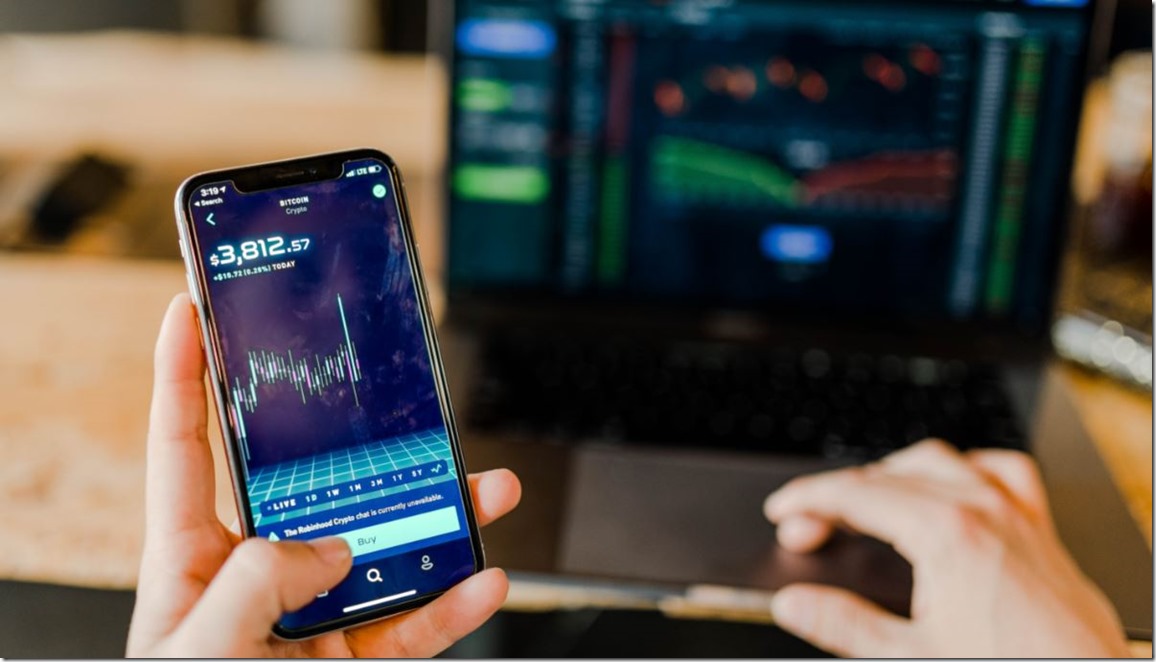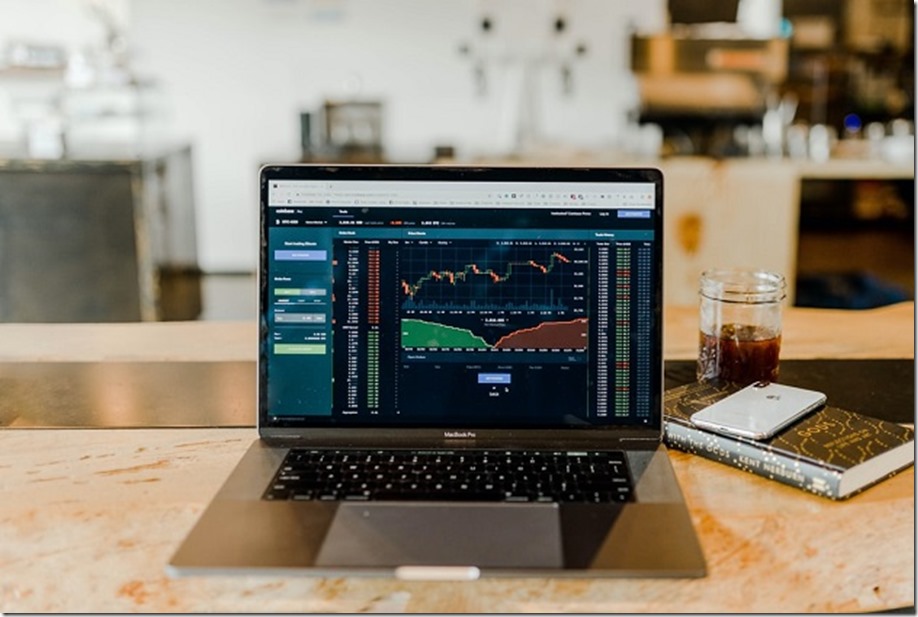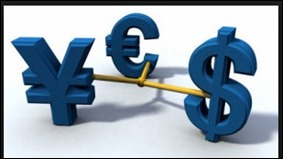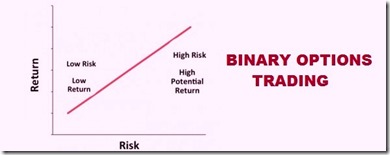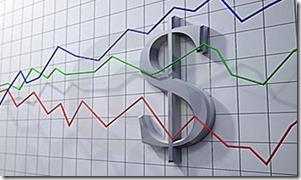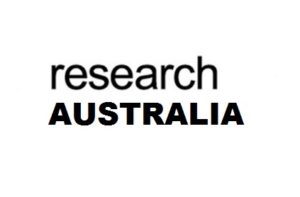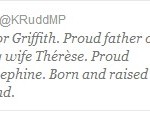The current stock market is in turmoil with a lot of volatility in share prices here in Australia, however there is a growing number of people who think getting in now could be profitable for them in the long term. So how do you get into the stock market ? How do you buy shares to take advantage of the current stock market tumble.
There are two different ways that you can get into the stock market and buy and sell shares
1. Sign up with bank share trading account that allows you to buy and sells shares
2. Sign up with a stock broker that specifically allows you to buy and sell shares.
There are other ways to buy shares like buying a bunch of blue-chip stocks or buying an ETF (which is also buying a bunch of shares) – but we will come to that later.
Banks as a stock trading buy and sell platform
Most big banks allow you to sign up with them for a stock trading account so that you can buy and sell shares. If you are already signed up with one of them, just enquire with them. Here is a list of banks that facilitate stock trading
1. Commonwealth bank ( Comsec – their share trading platform)
2. National Australia Bank ( Nabtrade – their share trading platform)
Below we give you further details about brokerage fees these bank charge and also prices for some popular dedicated share trading platforms.
How much money do I need to start trading the stock market?
Technically, there’s no minimum amount of money needed to start investing in stocks. But you probably need at least $500 — $2,000 to really get started right.
How do I make money in the stock market?
There are many ways to make money in the stock market, however the most simple method to understand this is when you buy a share today that cost you $500 , but its worth tomorrow is $600 and so you sold it – then you just made $100
To break that into much more realistic detail and give you an example
Eg. Say you got $500 to invest
Westpac bank shares are $15 each today, so you bought 32 Westpac shares
32 Westpac shares X $15= $480 + (add $10 bank fees for buying)
Total cost is $490 to buy the shares
Three days later (or six months later), there is a bit of recovery and Westpac share price rises and is $20 each share.
You had bought $32 shares earlier; you sell it today for $20 (that’s a $5 increase in the share price)
32 shares x $20 =$640 – $10 bank fees
You have $630 from your sell
Sell price $630 – Bought price $490 = Your profit $140
The bank does not charge you anything for holding the shares, but charge you for each buy and sell, which bring us to our next point -broker fees.
Now say if that investment was $5000 instead of $500 your profit could be $740 in one trade
How much does it cost me to buy and sell shares?
Every broker and every bank have different set of prices for buying and selling shares. It really comes down to ease of use, broker fees and availability of stocks to trade on each platform. Here is short comparison of some top bank and broker fees
Share trading fees – Banks
Commonwealth Bank – Comsec Fees:
For shares under $1000 in value – $10 each transaction
For trades between $1,000 and $10,000 – $19.95 each transaction
This is called the brokerage fee
Website https://www.commsec.com.au/support/rates-and-fees.html
National Australia Bank – Nabtrade Fees:
Up to and including $5,000 – $14.95 each transaction
From trades between $5,000.01 – $20,000 – $19.95 each transaction
Website https://www.nabtrade.com.au/investor/pricing
Share trading fees – Brokers
Two popular brokers apart from Banks are Self wealth and Ig markets. They both allow trading in Australian stocks as well as international stocks and CFD.
Self-wealth trading fees:
Brokerage fee for every trade, regardless of size – flat $9.50 (Only Australian Shares)
Website https://www.selfwealth.com.au/online-trading/
IG markets Trading fees:
Trading Australian shares – $8 per trade or 0.1% whichever is higher
For US markets – US$10, or 2 cents per share
Website:https://www.ig.com/au/charges
With IG markets you can do Australian and US stock market trading and also trade in CFD’s for which you have to sign up separately with them.
Other share trading platforms worth mentioning are ANZ share trading, Bell Direct and CMC markets.
Other new low brokerage share trading platforms introduced lately is superhero, Raiz & Comsec pocket.
Most banks and stock trading brokers provide additional data and tools for company and stock analysis, creating watchlists, setting price alerts, creating specific set price buys and more. Features offered can differ from platform to platform.
With Comsec and Self wealth – All trades are CHESS sponsored
There are two ways for shares to be held:
CHESS Sponsored Shares – Shares that are registered with a stock broker (CommSec or another broker). CHESS Sponsored Shares are allocated a Holder Identification Number (HIN) by the broker.
Issuer Sponsored Shares – Shares that are managed by the issuer of those shares via the issuer’s Share Registry. Issuer Sponsored Shares can be traded through any broker, providing conditions set out by that broker are met. Issuer Sponsored Shares are allocated a Security Reference Number (SRN).
In reality it does not make much difference to your trading profit, if it is chess sponsored or issuer sponsored.
Risky Stock Trading with penny stocks
There is a difference between big companies and small companies (smallcaps) and with small companies come more risk in comparison with blue chip stocks like BHP, Westpac.
Some traders can get lucky and pick a small company stock that can become a winner.
Take for example FMG – Fortescue Metals Group (iron ore miner)
This stock was once trading for between $2 and $3 – Today the price is $10
Say you dropped $5000 when it was $2, so you got 2500 shares of FMG
You sold it when it reached $10 today x 2500 shares=$25,000
You just made $25,000 from $5,000, however this is very rare- though people have gotten lucky with their stock picks and made money.
FMG was once a small cap with lot of debt and considered risky, but now they have paid up their debts and are considered much safer than they were before.
ETF’s
Another popular method of buying into shares right now is called ETF’s . With buying an ETF you have options like buying into a group of shares where you can also invest by putting money in a regular basis as low as $50 a month/week. Some providers/brokers also allow you to invest in ASX 50 or a lumpsum into a group of blue chip stocks.
ETF’s are available through bank trading platforms
Learning how to trade the stock markets is essential, before you decide to have a punt on your hard-earned money.
The stock market can make you money, but it can also take your money and put you at a loss. Doing dummy trading, joining stock trading groups and researching companies for three to six months is a good idea before jumping right in. Good luck!
Article written by Jeff – I blog about stock trading – Check my stock market blog over here
